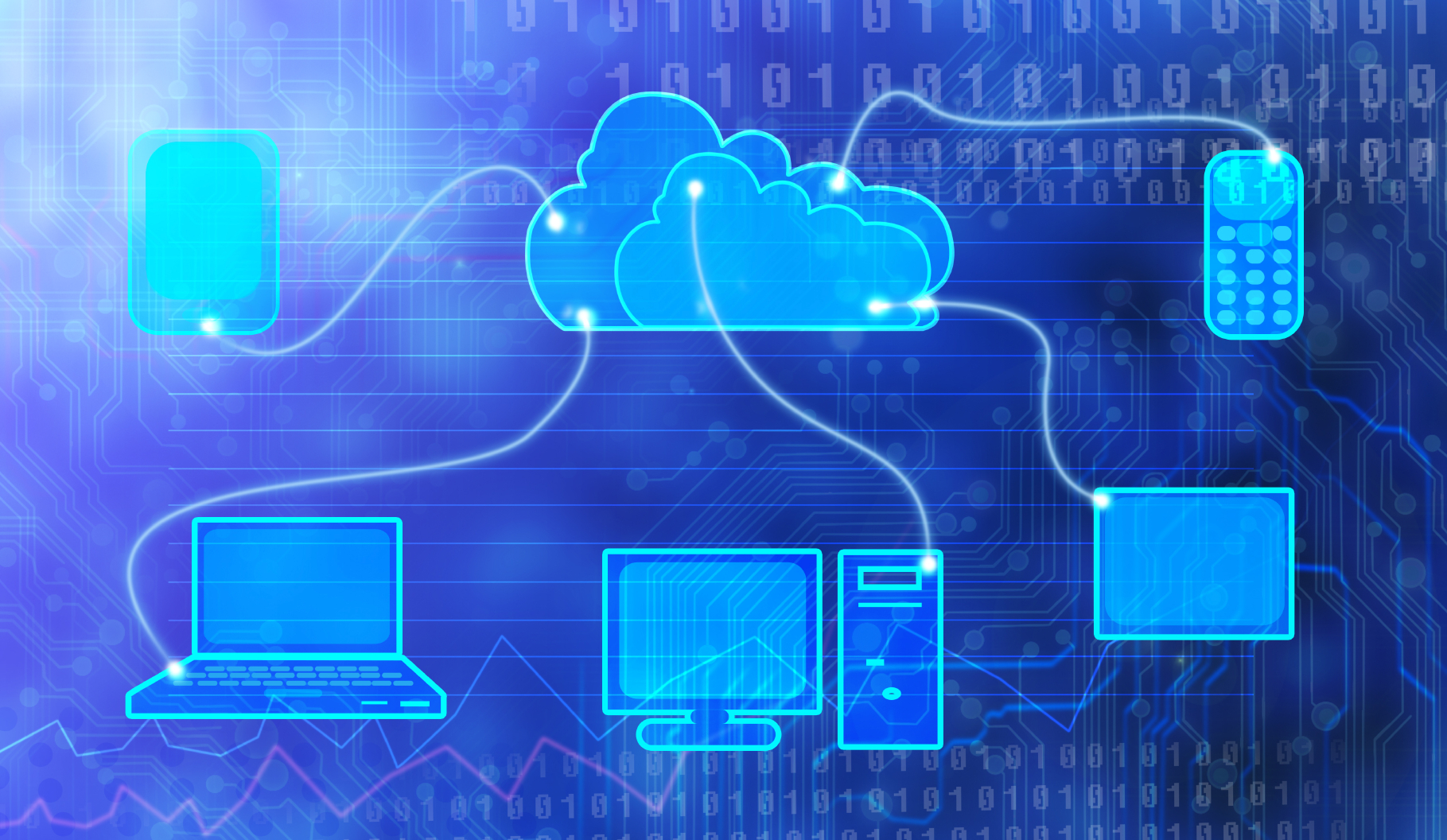The following blog post is an excerpt from a recent GovLoop resource: Your Guide to Using Everything-as-a-Service. In the guide, we explore how agencies can maximize the benefits of cloud technology by creating a holistic everything-as-a-service (XaaS) strategy.
An interview with Chris O’Connell, Vice President of Federal at Appian
Today, most public sector organizations have begun their cloud journey. But fewer agencies are thinking ahead to consider what the next disruptive technology will be. We sat down with Chris O’Connell from Appian, a business process management application platform provider, to learn how new cloud adopters can simultaneously meet the technology needs of today, while preparing for the potential changes of tomorrow.
“The economic value of cloud computing is hard to over-state,” said O’Connell. “It’s now proven that cloud platforms can be at least as secure as on-premise installations. But cloud computing is not a panacea and, if not approached carefully, can lead to many of the same issues that afflict traditional systems. It comes down to flexibility and ownership.”
Cloud adopters must avoid platform lock-in. A modern platform should work in any cloud environment without changes to the underlying software. Otherwise, you’re locking yourself into the environment, without the agility or scalability that agencies need. Agencies must also retain ownership of their data, application logic, and interface design.
The ability to transition between public cloud, private cloud, and on-premise without reconfiguring applications is essential. Platform-as-a-service and software-as-a-service can still lock you in if you’re going down the traditional path of software that only allows you to do certain things. If your mission changes because of legislation, policy, or reporting needs, your cloud platform must grow with you to deploy changes rapidly.
Appian believes a platform should be able to transition from the cloud if necessary. Cloud reduces traditional IT burdens, but what agencies need most of all is flexibility to adapt and change. There may be times when you need to pull a cloud system on-premise, temporarily or permanently.
“Appian Cloud is unique in that once you have deployed it, you can pull it in-house if you need to. It’s a simple matter of exporting an application package from one environment to another. This flexibility helps agencies serve the public better,” said O’Connell. “Agencies hamstrung by rigid systems are unable to meet their core objectives. We give agencies the freedom to innovate within a flexible, secure environment.”
Commercial companies differentiate in the marketplace based on how quickly they respond to customer demands. Government has the same requirement. Appian helps agencies prepare for change through agile software that can adapt to any IT environment.
One example O’Connell offered was the Integrated Defense Enterprise Acquisition System (IDEAS) application currently deployed at the Defense Information Systems Agency (DISA) within the DoD. He explained, “This Standard Procurement System replacement is sitting in the DoD cloud, accessible by mobile devices, and is providing service to multiple agencies across the DoD. Federal acquisition work requires the ability to go back and show exactly what was done, what decisions were made, and why. System architecture changes over time do not affect our ability to maintain those records and provide that audit trail.”
Speed of delivery is also a benefit for Appian customers. A cloud environment can be up and running in minutes. “Appian is rooted in a model-driven, visual development approach – as opposed to traditional coding – so new, innovative business applications can be configured and deployed in a fraction of the time it used to take,” said O’Connell.
That highlights another immense point of value: modernization and innovation. “We mask complexity so our customers can focus on turning things like mobility and social collaboration into immediate value,” said O’Connell. “For example, Appian delivers mobile for free. Any Appian application is immediately available on the desktop and mobile devices without additional coding.” Because software reconfiguration no longer has to take place with each change in the IT infrastructure, agencies are able to dedicate more time to their core missions.
O’Connell also said agencies need to think in new ways about how software can accelerate smarter decisions and faster actions: “It’s about the marriage of data and process, delivered in an intuitive and action-oriented interface. Today’s government knowledge workers spend way too much time searching across different systems for the right data, digging through broken stovepipe applications to compiling the data they need. Then, they execute decisions in another set of applications, maybe something structured and somewhat auditable, but often simply via email.”
“We provide a single and consistent user experience across any device, across any set of enterprise data, across any business process,” said O’Connell, “There’s a mindset change that goes along with this, and agency employees on both the business and IT sides need to adjust to it. Once they do, they realize Appian is an application platform for managing the complexity, size and scale of the federal government via applications that are simple, intuitive, deployable, and accessible.”
To learn more about XaaS strategies to optimize cloud, check out the full report: Your Guide to Using Everything-as-a-Service.






Leave a Reply
You must be logged in to post a comment.